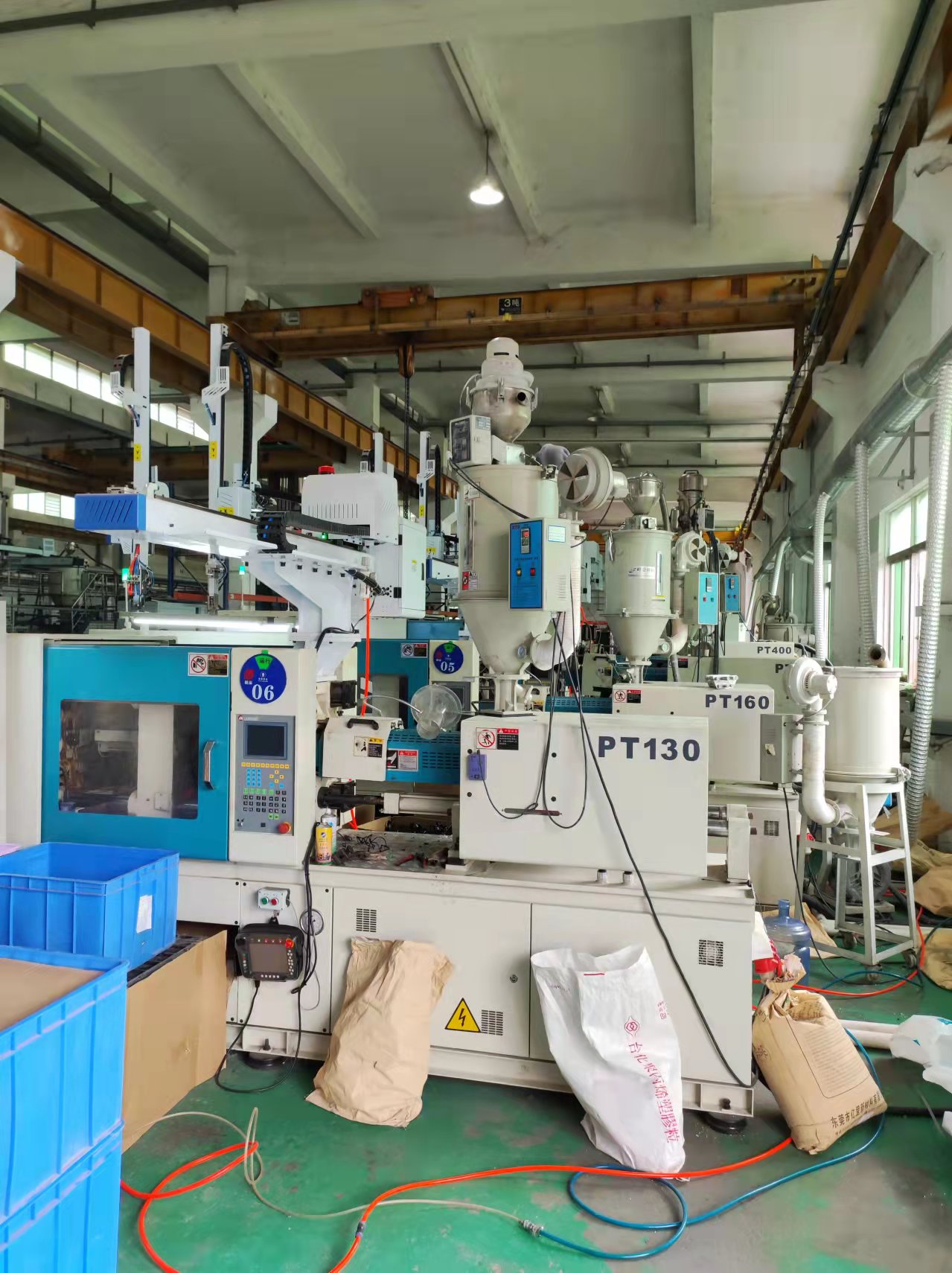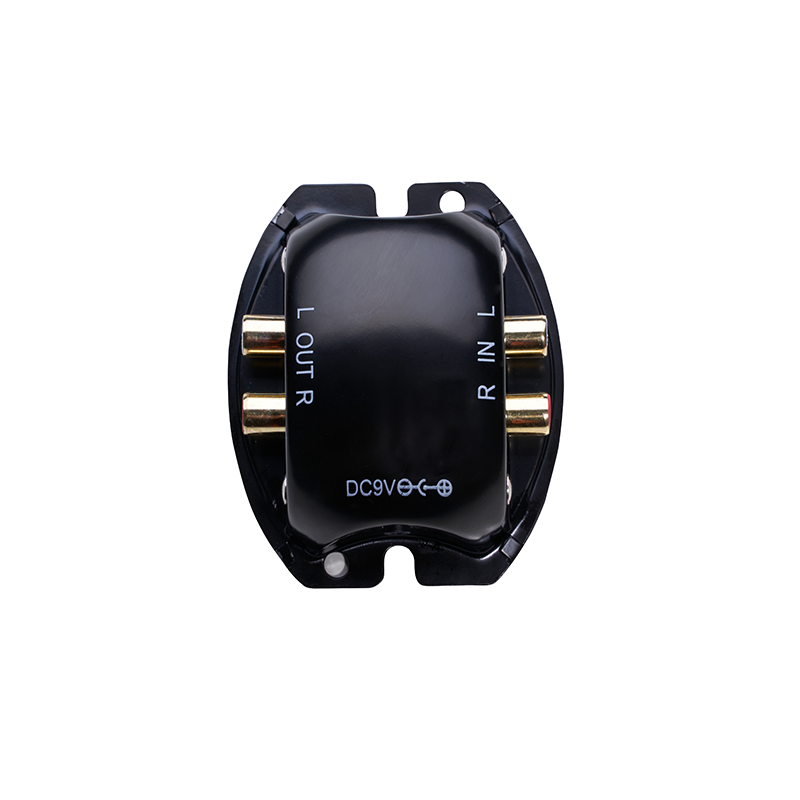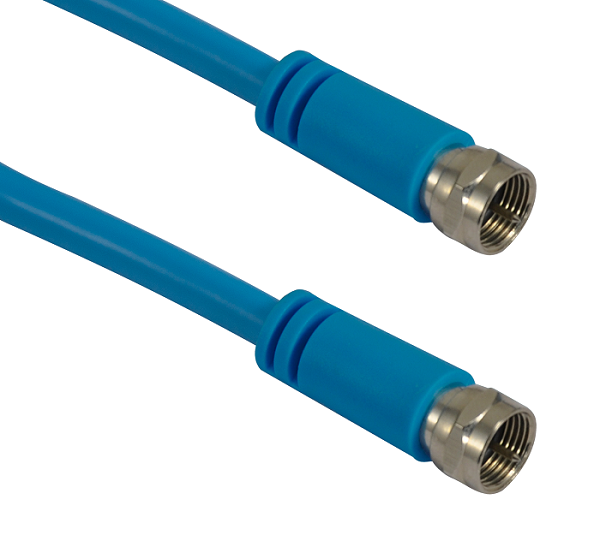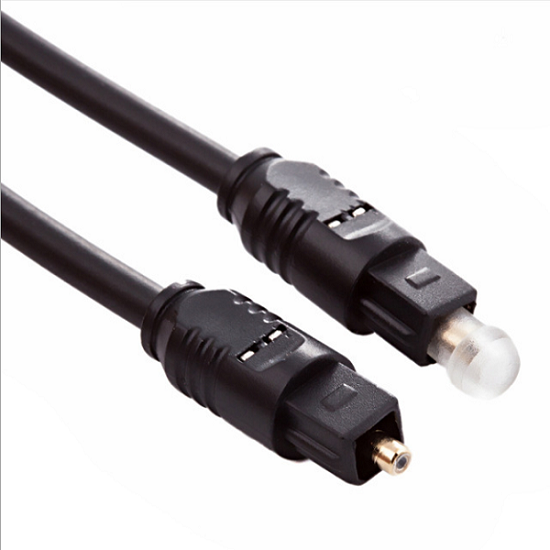CTC CONNEXIONS, as a professional mold manufacturing company with more than 20 years of
injection molding experience, will provide one-stop mold customization service to our customers.

General classification of moulds: can be divided into plastic moulds and non-plastic moulds.
(1) non-plastic moulds are: casting mould, forging mould, stamping mould, die-casting mould, etc.
A. Casting mold - faucet, pig iron platform
B. Forging mold - car body
C. Stamping mold - computer panel
D. Die-casting mold - super alloy, cylinder block
(2) plastic mold according to the production process and the production of different products are divided into.
A. injection molding mold - TV shell, keyboard buttons (the most common application)
B. Blow mold - beverage bottles
C. compression
molding mold - bakelite switches, scientific porcelain dishes
D. Transfer molding die - integrated circuit products
E. Extrusion molding mold - glue tube, plastic bags
F. Thermoforming mold--transparent molding packaging shell
G. Rotational molding mold - soft rubber doll toys
Basic knowledge and technical application of plastic mold products
A combination plastic mold for compression molding, extrusion, injection, blow molding and low foam molding, which mainly includes a concave mold with variable cavities composed of concave mold combination substrate, concave mold assembly and concave
mold combination plate, and a convex mold with variable core composed of convex mold combination substrate, convex mold assembly, convex mold combination plate, cavity cut-off assembly and side cut-off combination plate. Coordinated change of mold convex and concave dies and auxiliary molding system. A series of plastic parts of different shapes and sizes can be processed.
All kinds of tools and products used in our daily production and life, from the base of a machine tool, the shell of a machine body, to a small embryonic head screw, buttons and the shell of various household appliances, are all closely related to the mold. The shape of the mold determines the shape of these products, and the processing quality and precision of the mold also determines the quality of these products. Because of the different materials, appearance, specifications and uses of various products, the moulds are divided into casting moulds, forging moulds, die-casting moulds, stamping moulds and other non-plastic moulds, as well as plastic moulds.
1, In recent years, with the rapid development of the plastics industry and general and engineering plastics in strength and precision and other aspects of the continuous improvement, the application of plastic products are also expanding, such as: household appliances, instruments, construction equipment, automotive industry, daily hardware and many other fields, the proportion of plastic products is rapidly increasing. A reasonably designed plastic parts can often replace multiple traditional metal parts. The trend of plasticization of industrial products and daily-use products is rising.
2, The general definition of mold: in industrial production, with a variety of presses and special tools mounted on the press, through the pressure of metal or non-metallic materials to make parts or products of the required shape, this special tool is collectively known as the mold.
3, Injection molding process description: mold is a tool to produce plastic products. It is composed of several groups of parts parts, this combination within the molding cavity. When injection molding, the mold is clamped on the injection molding machine, the molten plastic is injected into the molding cavity and cooled and shaped in the cavity, then the upper and lower molds are separated and the products are ejected from the cavity through the ejector system to leave the mold, and finally the mold is closed again for the next injection, and the whole injection molding process is cyclic.
4, (1) on the mold line, with the product in the mold opening together with the demold, the design is the simplest, easy to process, lower cost, so more people use large water spout system operation.
(2) fine spout mold: runners and gates are not on the mold line, generally directly on the product, so to design more than one group of spout mold line, the design is more complex, more difficult to process, generally depending on the product requirements and the choice of fine spout system.
(3) hot runner mold: the structure of this kind of mold and the fine spout is largely the same, the biggest difference is that the runner is in one or more hot runner plate and hot spout with constant temperature, no cold material demoulding, runner and gate directly on the product, so the runner does not need to demould, this system is also called no spout system, can save raw materials, suitable for raw materials are more expensive, products require high situation, design and processing difficulties, mold Higher cost.
 English
English  Esperanto
Esperanto  Afrikaans
Afrikaans  Català
Català  שפה עברית
שפה עברית  Cymraeg
Cymraeg  Galego
Galego  Latviešu
Latviešu  icelandic
icelandic  ייִדיש
ייִדיש  беларускі
беларускі  Hrvatski
Hrvatski  Kreyòl ayisyen
Kreyòl ayisyen  Shqiptar
Shqiptar  Malti
Malti  lugha ya Kiswahili
lugha ya Kiswahili  አማርኛ
አማርኛ  አማርኛ
አማርኛ  Bosanski
Bosanski  Frysk
Frysk  ភាសាខ្មែរ
ភាសាខ្មែរ  ქართული
ქართული  ગુજરાતી
ગુજરાતી  Hausa
Hausa  Кыргыз тили
Кыргыз тили  ಕನ್ನಡ
ಕನ್ನಡ  Corsa
Corsa  Kurdî
Kurdî  മലയാളം
മലയാളം  Maori
Maori  Монгол хэл
Монгол хэл  Hmong
Hmong  IsiXhosa
IsiXhosa  Zulu
Zulu  Lëtzebuergesch
Lëtzebuergesch  Malagasy
Malagasy  Punjabi
Punjabi  پښتو
پښتو  Chichewa
Chichewa  Samoa
Samoa  Sesotho
Sesotho  සිංහල
සිංහල  Gàidhlig
Gàidhlig  Cebuano
Cebuano  Somali
Somali  Тоҷикӣ
Тоҷикӣ  O'zbek
O'zbek  Hawaiian
Hawaiian  سنڌي
سنڌي  Shinra
Shinra  Shinra
Shinra  Հայերեն
Հայերեն  Igbo
Igbo  Sundanese
Sundanese  Yoruba
Yoruba  Español
Español  Português
Português  русский
русский  Français
Français  日本語
日本語  Deutsch
Deutsch  tiếng Việt
tiếng Việt  Italiano
Italiano  Nederlands
Nederlands  ภาษาไทย
ภาษาไทย  Polski
Polski  한국어
한국어  Svenska
Svenska  magyar
magyar  Malay
Malay  বাংলা ভাষার
বাংলা ভাষার  Dansk
Dansk  Suomi
Suomi  हिन्दी
हिन्दी  Pilipino
Pilipino  Türkçe
Türkçe  Gaeilge
Gaeilge  العربية
العربية  Indonesia
Indonesia  Norsk
Norsk  تمل
تمل  český
český  ελληνικά
ελληνικά  ελληνικά
ελληνικά  український
український  Javanese
Javanese  فارسی
فارسی  தமிழ்
தமிழ்  తెలుగు
తెలుగు  नेपाली
नेपाली  Burmese
Burmese  български
български  ລາວ
ລາວ  Latine
Latine  Қазақша
Қазақша  Euskal
Euskal  Az?rbaycan
Az?rbaycan  Slovensky jazyk
Slovensky jazyk  Македонски
Македонски  Lietuvos
Lietuvos  Eesti Keel
Eesti Keel  Română
Română  Slovenski
Slovenski  मराठी
मराठी  Srpski језик
Srpski језик 











